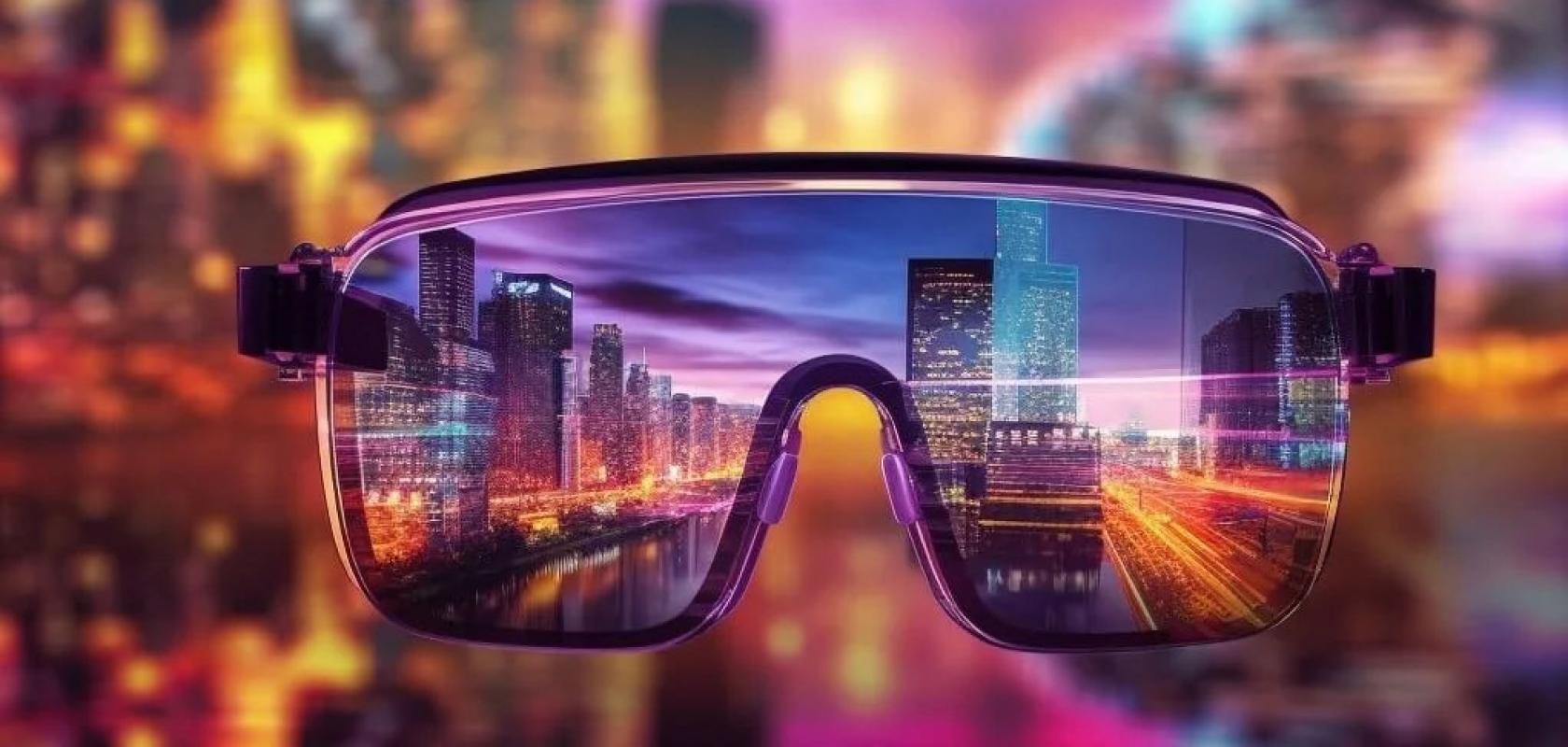With phase change materials, true holographic display company Swave Photonics uses the world’s smallest pixel to steer light for chip-based Holographic eXtended Reality (HXR) technology, sculpting high-resolution images with full spatial colour.
Debuting the technology at the ITF World conference, Swave demonstrated a prototype that delivered full spatial colour by arranging colour filters in a specific pattern, bringing advantages including reduced visual artefacts, longer battery life and a more visual experience. The demonstration proved the progress of true holography as an emerging display technology, powering spatial computing with a reality-first experience.
Advantage of spatial colour over current colour displays
The spatial colour approach taken by Swave allows the human eye to perceive images completely naturally, meaning it’s easier for the brain to process them. The technology divides the panel into subpixel colour regions with a unique pattern, designed to simultaneously eliminate eye motion artefacts, and optimise static image quality, with a pixel pitch of less than 300nm.
In order to form full-colour images, traditional displays either use three panels or a time-sequential approach. But three-panel displays are expensive and bulky to install and operate, making it difficult to maintain the required optical alignment, whereas time-sequential displays flash red, green and blue in succession, giving only the impression of full colour, and requiring a rapid frame rate which increases the device’s power consumption.
“Swave’s early stage prototype holographic images were monochrome, allowing us to demonstrate proof of concept on this breakthrough technology,” said Swave CEO, Mike Noonen. But “the next step of developing HXR in full colour is extremely challenging. Many technologies trick the human brain to form colours by rapidly sequencing different colours. Achieving simultaneous colour brings us one step closer to recognising the vision of reality-first augmented reality (AR), informed by AI and in a compact form.”
Smart HXR sunglasses for wearable colour holography
With one of the advantages of spatial colour being that it performs both indoors and outdoors, and Swave’s small and lightweight HXR chips being especially suited to the low-power consumption, low-weight wearables sector, the display technology is ideal for compact, spatial-computing-enabled smartglasses.
“Swave is reinventing the way that colour is shown and seen on a display,” said Edward Buckley, vice president of augmented reality solutions at Swave. “Swave is able to provide a clear path towards all-day wearable, consumer-grade AR,” said Edward Buckley, vice president of augmented reality solutions at Swave. “Swave’s holographic AR display is the only one with is matched to human vision and perception, making it easier on the eyes and brain, while providing significant size, cost and power benefits.”


